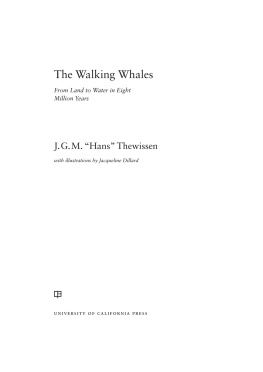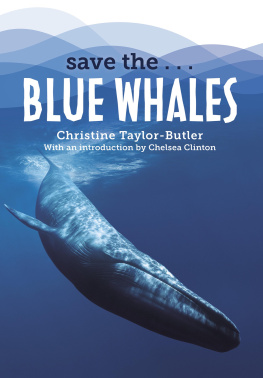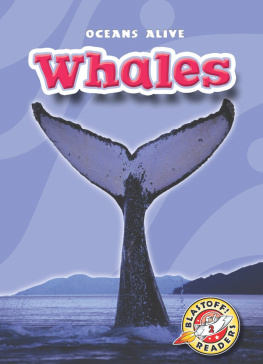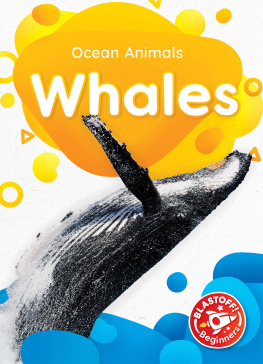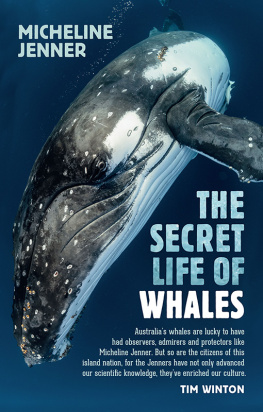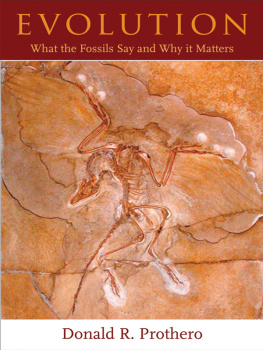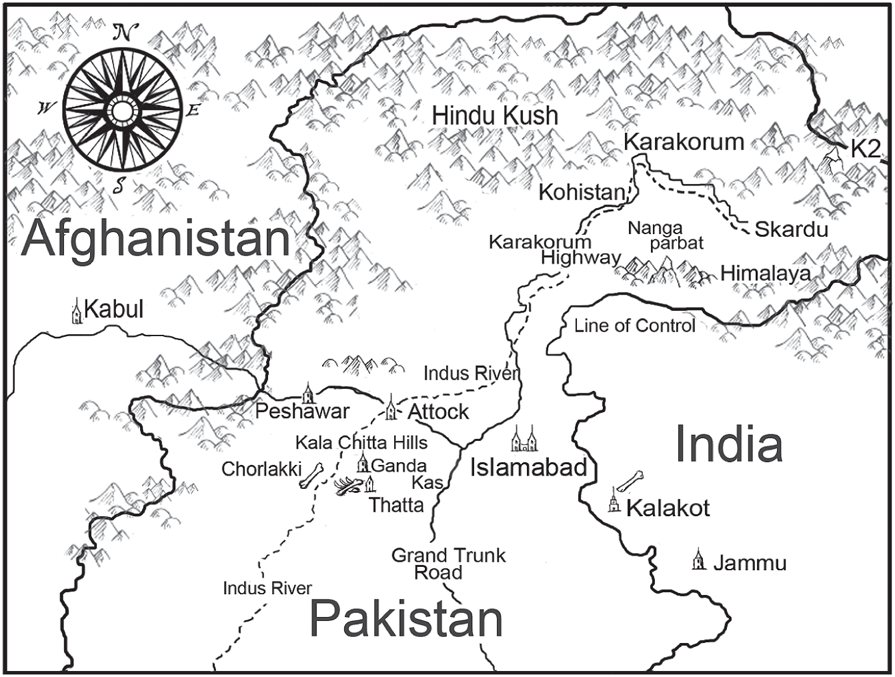Johannes G.M. Thewissen - The Walking Whales: From Land to Water in Eight Million Years
Here you can read online Johannes G.M. Thewissen - The Walking Whales: From Land to Water in Eight Million Years full text of the book (entire story) in english for free. Download pdf and epub, get meaning, cover and reviews about this ebook. year: 2014, publisher: University of California Press, genre: Science. Description of the work, (preface) as well as reviews are available. Best literature library LitArk.com created for fans of good reading and offers a wide selection of genres:
Romance novel
Science fiction
Adventure
Detective
Science
History
Home and family
Prose
Art
Politics
Computer
Non-fiction
Religion
Business
Children
Humor
Choose a favorite category and find really read worthwhile books. Enjoy immersion in the world of imagination, feel the emotions of the characters or learn something new for yourself, make an fascinating discovery.
- Book:The Walking Whales: From Land to Water in Eight Million Years
- Author:
- Publisher:University of California Press
- Genre:
- Year:2014
- Rating:5 / 5
- Favourites:Add to favourites
- Your mark:
The Walking Whales: From Land to Water in Eight Million Years: summary, description and annotation
We offer to read an annotation, description, summary or preface (depends on what the author of the book "The Walking Whales: From Land to Water in Eight Million Years" wrote himself). If you haven't found the necessary information about the book — write in the comments, we will try to find it.
Thewissen reports on his discoveries in the wilds of India and Pakistan, weaving a narrative that reveals the day-to-day adventures of fossil collection, enriching it with local flavors from South Asian culture and society. The reader senses the excitement of the digs as well as the rigors faced by scientific researchers, for whom each new insight gives rise to even more questions, and for whom at times the logistics of just staying alive may trump all science.
In his search for an understanding of how modern whales live their lives, Thewissen also journeys to Japan and Alaska to study whales and wild dolphins. He finds answers to his questions about fossils by studying the anatomy of otters and porpoises and examining whale embryos under the microscope. In the books final chapter, Thewissen argues for approaching whale evolution with the most powerful tools we have and for combining all the fields of science in pursuit of knowledge.
Johannes G.M. Thewissen: author's other books
Who wrote The Walking Whales: From Land to Water in Eight Million Years? Find out the surname, the name of the author of the book and a list of all author's works by series.

